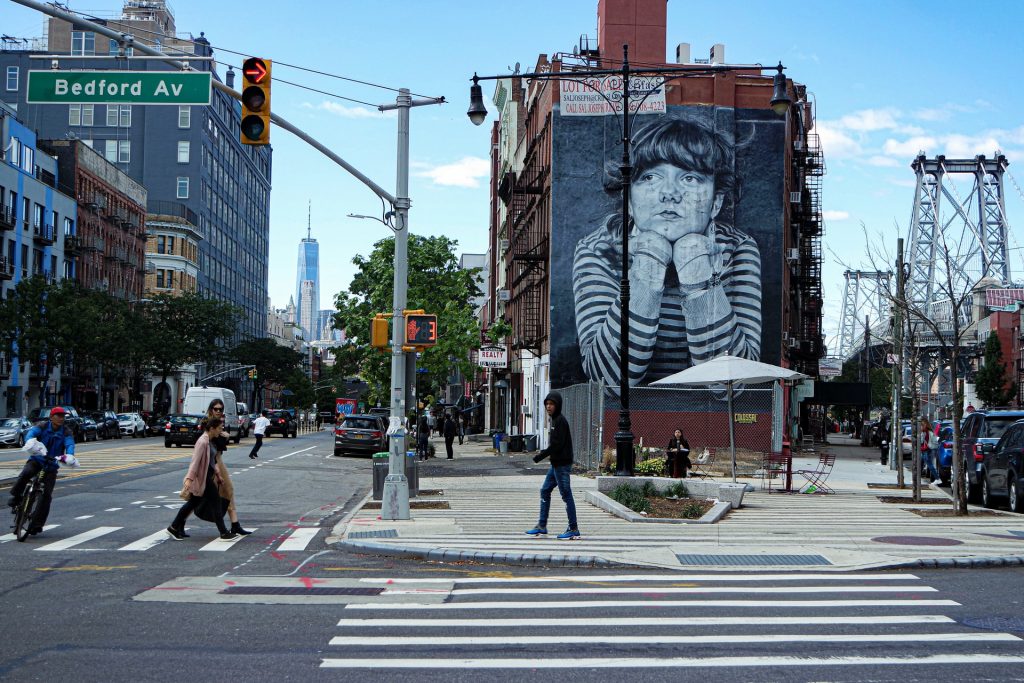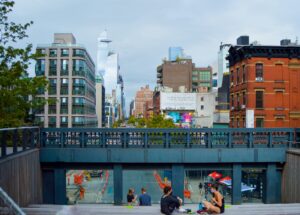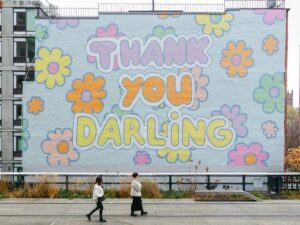In the early 1980s, when I first saw the film The Social Life of Small Urban Spaces and then read the book, both by William H. Whyte, I was enthralled. I had met Holly, as he was affectionately known, while I was still a reporter at the New York Post in the 1970s, and we had great discussions about New York City, what planners got wrong, what developers didn’t care about. By the 1980s I was at work on my first book, The Living City: Thinking Small in a Big Way, and having conversations with Jane Jacobs, who would become my good friend and mentor. Jacobs had validated the small, bottom-up community efforts around New York City that I was observing and that would be the too-often-unacknowledged sparks to jumpstart the slow, steady rebirth of the city. My observations were resoundingly dismissed—even laughed at—by professional planners and urban designers, but they were cheered and encouraged by both Whyte and Jacobs, and today they are mainstream.
Whyte’s film and book seemed to be bookends to Jacobs’ Death and Life of Great American Cities. Where she dealt with overarching issues of “cataclysmic development,” the tyranny of the car, the “ballet” of the street, the importance of old buildings and a city’s economy, Whyte’s film and book filled in the missing pieces to show all viewers, not just the single observers, how what happens on the street is a good measure of the success of the larger neighborhood and city. Whyte’s work was as seminal for the 1980s as Jacobs’ writing had been in the 1960s—but, in some ways, his film and photographs were even more convincing, more accessible to the average person.
Read the full article on Common Edge
Author: Roberta Brandes Gratz
Recommended by Luisa Bravo











More Stories
A stealthy reimagining of urban public space by Elizabeth Diller
Security by Design: Protection of public spaces from terrorist attacks
10 years of Global Public Space Programme – Annual Report 2022 and reflections on a Decade of Public Space